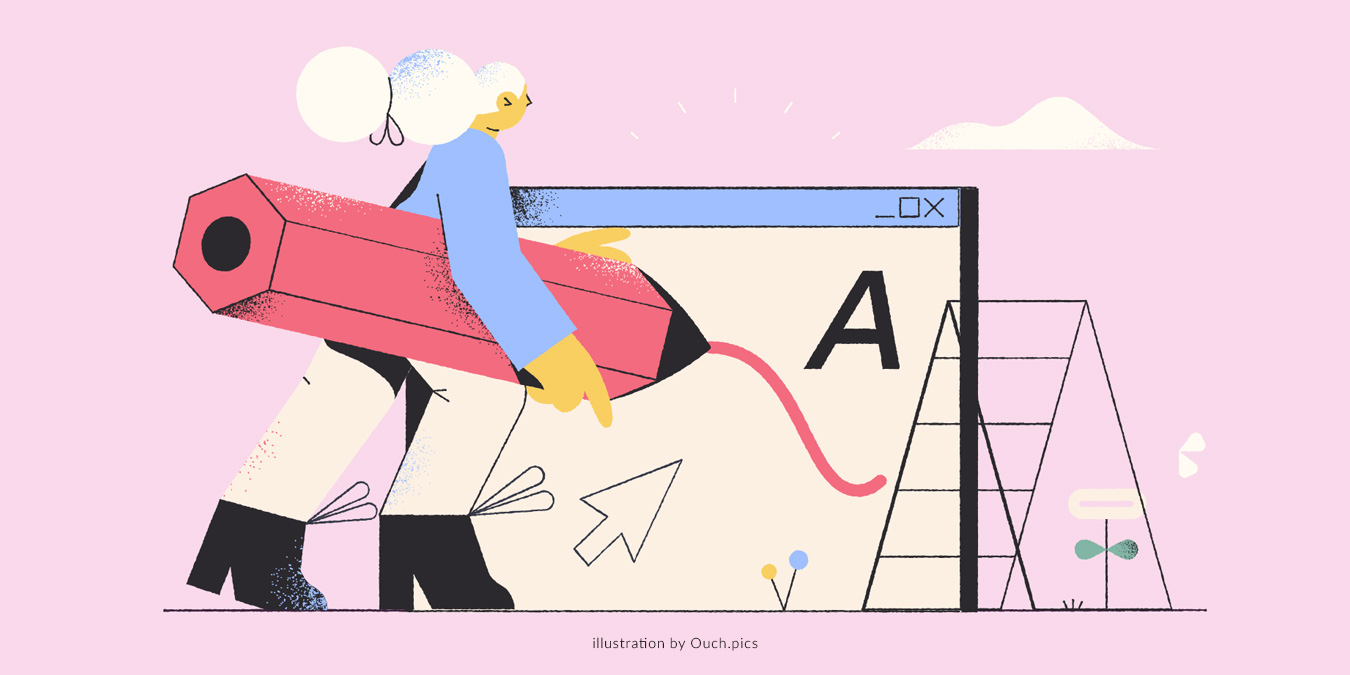20Shift: Your Daily Dose of Insight
Stay updated with the latest trends and news across various domains.
Speed Up or Fade Away: The Race for Website Performance
Boost your website's speed or risk fading into oblivion! Discover vital tips to enhance performance and outpace the competition.
The Importance of Website Speed: How Performance Affects User Experience
In today's digital landscape, website speed has become a critical factor that significantly influences user experience. Studies show that users expect a webpage to load in under three seconds; otherwise, they are likely to abandon the site. A slow website not only frustrates visitors but also leads to lower search engine rankings. This is because search engines, like Google, prioritize fast-loading sites in their algorithms. Thus, optimizing website performance can lead to enhanced visibility and increased traffic, which are vital for any business looking to thrive online.
Moreover, a fast-loading website directly contributes to better user engagement and higher conversion rates. When users can navigate seamlessly through your site, they are more likely to interact with your content and complete desired actions, such as signing up for a newsletter or making a purchase. On the other hand, a lagging site can cause potential customers to lose interest and seek alternatives. Therefore, investing in website speed optimization is essential not only for user satisfaction but also for maximizing the overall success of your online presence. Prioritizing performance should be at the top of any website owner's agenda.

Top 10 Strategies to Boost Your Website's Loading Time
In today’s fast-paced digital landscape, website loading time plays a critical role in user experience and search engine rankings. To enhance the performance of your site, consider implementing the following strategies:
- Optimize Images: Reducing the file size of images without sacrificing quality can significantly decrease loading times.
- Minimize HTTP Requests: Limit the number of elements on your pages to reduce the requests made to your server.
- Use a Content Delivery Network (CDN): A CDN can help distribute your content across various servers globally, leading to faster load times.
- Enable Browser Caching: Storing static resources in users' browsers can speed up subsequent visits.
- Minify CSS and JavaScript: Removing unnecessary characters can decrease file sizes and reduce loading times.
- Reduce Server Response Time: Choose a reliable hosting provider to ensure swift server responses.
- Implement Gzip Compression: Compressing your site’s files can dramatically improve load speed.
- Limit Redirects: Too many redirects increase the loading time of your website.
- Use Asynchronous Loading for CSS and JavaScript: This prevents blocking the rendering of the page while scripts load.
- Monitor Your Site's Performance Regularly: Use tools to analyze and optimize your site as necessary.
Is Your Website Slowing You Down? Signs You Need a Performance Overhaul
In today's digital landscape, website performance can significantly impact user experience and SEO rankings. If you find that your website is loading slowly, it may be time to assess whether an overhaul is necessary. Signs you need a performance overhaul include long load times, particularly on mobile devices, which can lead to increased bounce rates. Utilizing tools like Google PageSpeed Insights can help you identify specific issues that may be causing these delays.
Another indication that your website requires a performance overhaul is the presence of lagging interactions, such as sluggish scrolling or delayed button responses. Furthermore, if your site tends to crash or become unresponsive during peak traffic periods, it indicates that your current hosting solution and site architecture may not be sufficient. Addressing these performance issues is crucial for not only retaining visitors but also improving your site’s overall SEO standing.